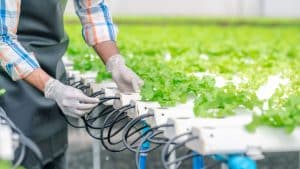
Home » The Ultimate Beginner’s Guide to Hydroponic Systems
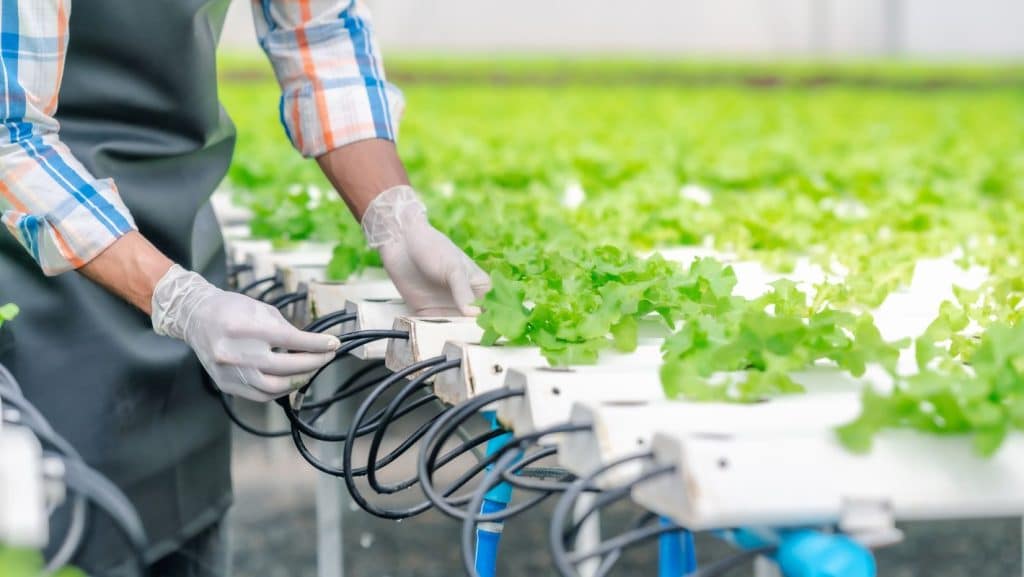
Hydroponics is revolutionizing the way we grow plants, offering an efficient, soil-free method that allows year-round gardening with faster growth and higher yields. Whether you’re cultivating herbs on a windowsill or building a full indoor hydroponic garden, this method gives you complete control over the environment. In this guide, we’ll break down what hydroponic systems are, how they work, and which hydroponic setup is right for your space and goals.
Hydroponics is a method of growing plants without soil by using nutrient-rich water solutions. Instead of drawing nutrients from the soil, plants absorb them directly from the water, supported by an inert growing medium like clay pebbles, rockwool, or coco coir. The result? Faster plant growth, cleaner produce, and better use of space. This hydroponic method is perfect for urban farming and those looking to start a hydroponic garden at home.
Each of these different hydroponic systems has its own advantages, and the best hydroponic system for you will depend on your specific needs and experience level.
For those interested in DIY hydroponics or setting up a simple hydroponic system, here’s what you’ll need:
For a DIY hydroponic setup, you can use many household items to create a homemade hydroponic system. However, ensure you maintain proper water levels and use food-safe materials.
Hydroponic plants require a careful balance of:
We recommend high-quality, water-soluble hydroponic nutrients from trusted brands like Advanced Nutrients or Green Planet. These are formulated to provide all the necessary elements for optimal plant growth in hydroponics.
Starting your first hydroponic system doesn’t have to be overwhelming. Whether you opt for a simple hydroponic system or a more complex setup, with the right equipment and a basic understanding of how it works, you’ll be well on your way to growing faster, healthier, and more sustainable crops all year long. Hydroponic gardening offers a great solution for urban farming and year-round vegetable production.
Visit your local PNW Garden Supply store or shop online for everything you need to begin your hydroponic journey. From DWC systems to smart hydroponic gardens, we have all the supplies for your indoor hydroponic garden needs.
Ready to grow smarter? Explore our full range of hydroponic grow kits and nutrients here.
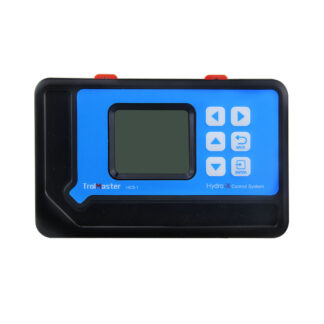 TrolMaster Hydro-X Environment Control System
TrolMaster Hydro-X Environment Control System
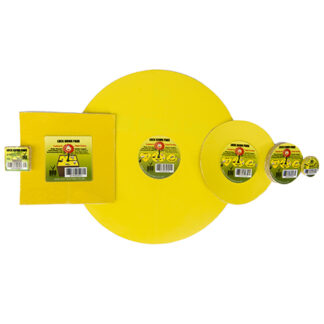 Lock Down Pads
$4.75 – $12.99Price range: $4.75 through $12.99
Lock Down Pads
$4.75 – $12.99Price range: $4.75 through $12.99
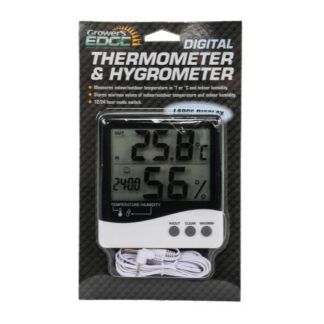 Grower's Edge® Digital Thermometer & Hygrometer
$39.99
Grower's Edge® Digital Thermometer & Hygrometer
$39.99
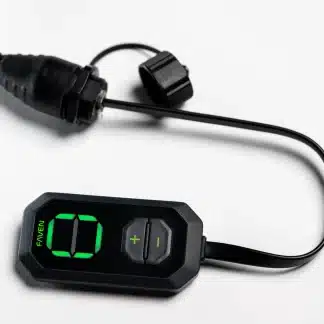 Faven Mini Controller
$84.19
Faven Mini Controller
$84.19
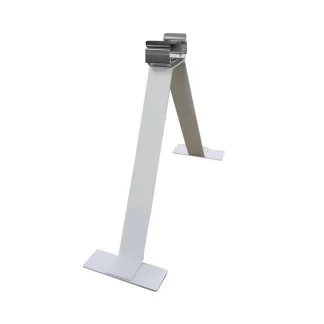 Faven Stands 8" & 12"
$31.99
Faven Stands 8" & 12"
$31.99
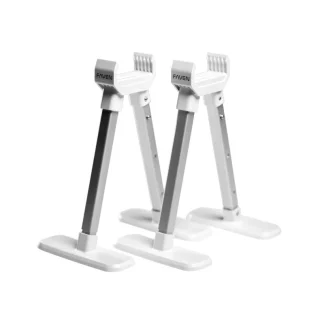 Faven Adjustable Stands
$33.56
Faven Adjustable Stands
$33.56
 TrolMaster Hydro-X Environment Control System
TrolMaster Hydro-X Environment Control System
 Lock Down Pads
$4.75 – $12.99Price range: $4.75 through $12.99
Lock Down Pads
$4.75 – $12.99Price range: $4.75 through $12.99
 Grower's Edge® Digital Thermometer & Hygrometer
$39.99
Grower's Edge® Digital Thermometer & Hygrometer
$39.99
Contact Info:
15374 103 A Ave, Surrey, BC V3R 7A2
Hours:
Mon – Fri: 8:00 – 16:30
COPYRIGHT © 2022 Pacific Northwest. ALL RIGHTS RESERVED.
MANAGED BY THE WP LAB. POWERED BY ELITEWEB.CO
You are being redirected to an informational site which educates people on how to Cultivate Medical Cannabis in Canada.
Hours: 9am – 6pm
Hours: 9am – 5:30pm
Hours: 9.30am – 6pm
Hours: 9am – 6pm
Hours: 9am – 6pm
Hours: 9.30am – 6pm
Hours: 9am – 5.30pm
Hours: 9.30am – 6pm
Hours: 9am – 5:30pm
Hours: 9.30am – 6pm